(Photo Credit: Kaya Lindsay)
It is springtime in Moab! Temperatures are increasing, the days are getting longer, and it’s raining less and less. To rock climbers all over the country (and the world), this means it is Indian Creek Season! Indian Creek is a world-class climbing destination with thousands of high-quality rock climbs in a remote location. There are dozens of walls with hundreds of five-star climbs at each one. Climbers will spend March through May camping at The Super Bowl Campground and Creek Pasture, driving back and forth to climbing walls to test themselves against the famous sandstone splitters.
Indian Creek is also home to many species of raptors such as owls, eagles, and falcons, who share the red sandstone cliffs with climbers all year round. In early spring through late summer these raptors are in a sensitive nesting phase of their lives. Because of this nesting stage, the Bureau of Land Management (BLM) has issued its annual Raptor Closures in Indian Creek.
What does this mean for climbers?
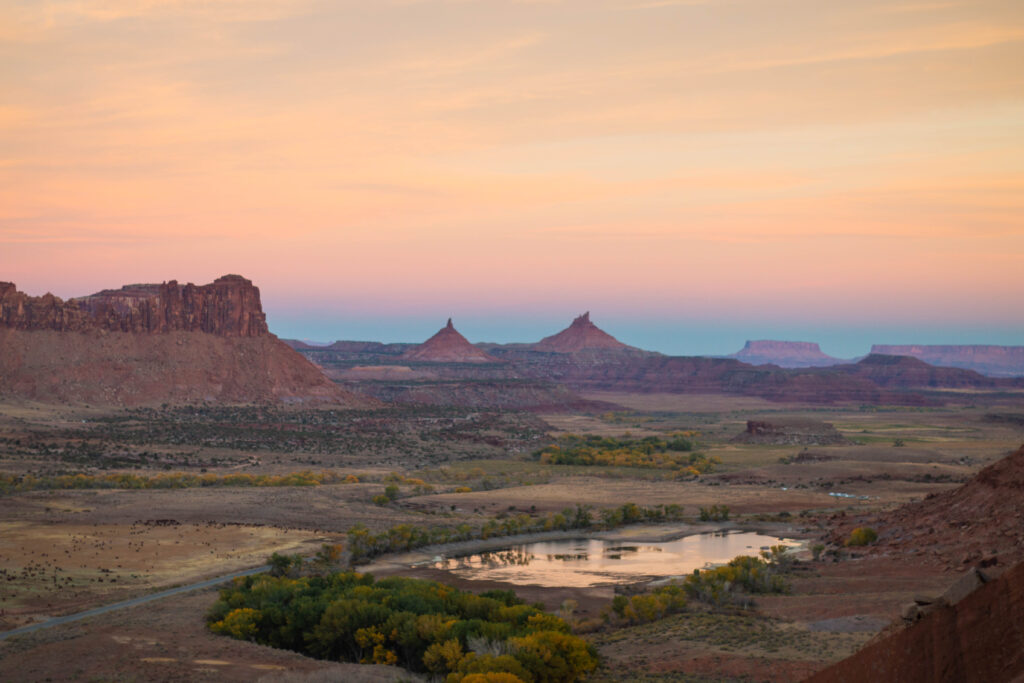
(Photo Credit: Kaya Lindsay)
For climbers, it’s simple: There is a shortlist of climbing walls within Indian Creek that should be avoided while climbing this spring and summer. The current recommended avoidance areas are, The Wall, Far Side, The Meat Walls (Including Tenderloins), Disappointment Cliffs, Public Service Wall, Fin Wall, Broken Tooth, Cat Wall, Slug Wall, and Reservoir Wall. There will be signs posted at the gates of closed climbing areas, as well as at the message boards at Beef Basin, Super Bowl Campground, and Creek Pasture Campground.
For a full reference image to what areas are closed, please see below.

(Photo Credit: Bureau of Land Management)
How long will the walls be closed?

(Photo Credit: Kaya Lindsay)
These closures come into effect on March 1st and will last until late April or Early May according to the BLM website. Starting in March there will be several BLM biologists who will be monitoring the historic raptor sites to see which ones have been fully inhabited and which ones are no longer active. The walls with inactive raptor nests will then be reopened to the public. The BLM and the biologists monitoring the cliffs will be in continuous communication with climbers and other outdoor recreation enthusiasts about recommended avoidance areas. For walls that have active raptor nesting sites, climbers will be asked to avoid these areas until late summer (typically late September), when most raptors have cleared out of these sites. Once these raptors have moved out of their nesting sites, climbers may resume recreation on these walls. (Yay!)
Why do we avoid raptor nests?

(Photo Credit: Kaya Lindsay)
Raptors may seem indifferent to human activities as they soar above us, untouchable on the wing. However, raptors are incredibly sensitive to human encounters. The Access Fund and Hawkwatch International have teamed up to give us an easy-to-read infographic about why raptors need their space.

(Photo Credit: Access Fund)
All year long raptors can be disturbed, however, in Spring and Summer raptors are nesting and teaching their young to fly. If disturbed by climbers (crag music, climbing up to a nest, or even approaching near a nest) raptors can abandon their eggs, fail to provide their young with enough food, or force their chicks to fledge early.
Why do raptors need protecting?

(Photo Credit: Kaya Lindsay)
Although falcons and eagles are not commonly seen in Southeastern Utah, keen-eyed visitors will be rewarded with views of raptors hunting, or juveniles perfecting their flying techniques. With the population of Southern Utah expanding, many raptors’ habitats are being threatened. Because of this, the species of raptor that inhabit Southern Utah are still recovering from low population levels. Climbers and other outdoor enthusiasts who love the natural environments in Southern Utah should take the preservation of these species seriously.
Can I get involved in Raptor Monitoring as a climber?

(Photo Credit: Kaya Lindsay)
Yes! The Raptor Inventory Nest Survey (RINS) is a volunteer led organization that trains, and assists in the monitoring and tracking of raptor nests throughout Utah. They currently monitor all throughout Utah including San Juan County where Indian Creek is located. They run in-depth training programs and anyone interested in joining the project can get involved! If you are interested in helping to identify raptor nests please contact RINS here.
“To become a volunteer you will need a pair of binoculars, a GPS unit, an email address, and the time and resources to spend two field days per month from March through July monitoring your assigned area.” – RINS website
Their current spring 2021 workshops have already passed, but you can still get involved by reaching out to them on their website.
Support raptor closures, support the climbing community

(Photo Credit: Kaya Lindsay)
As climbers and outdoor enthusiasts, we cherish the serenity of Indian Creek. The silent windswept cliffs, the blazing and unforgettable evening sunsets, the challenging yet life-affirming style of climbing, all come together to create a tremendous rock climbing experience for people of all experience levels.
This delicate desert we recreate in has a fragile ecosystem that we can impact in a negative or a positive way. Those who know and love this desert know it has many quirks we must be mindful of, from walking carefully around sensitive biological soil crusts, to never burying human waste, to seasonal raptor closures. Although it may be frustrating to encounter a closure at a wall you’ve been excited about all winter, it is better to wait until the fall season to give your project a go, than to break the avoidance policy and potentially ruin a raptor family’s nest. The walls will be open again in the fall when the temps start to cool off again. Please respect the raptor closures until then!
As climbers, we have a responsibility to this place we love to respect and protect the wildlife that calls it home.

(Photo Credit: Kaya Lindsay)

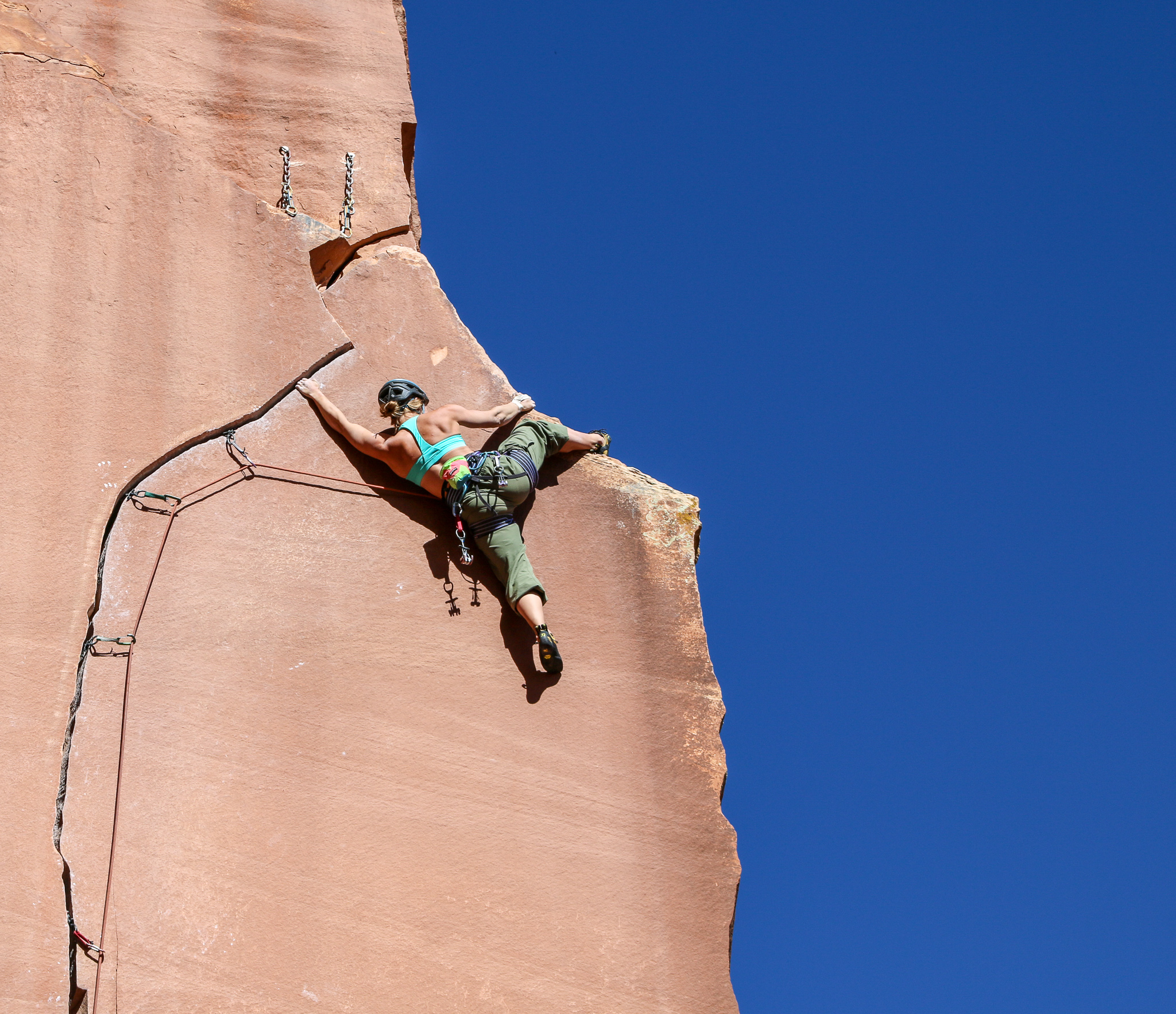
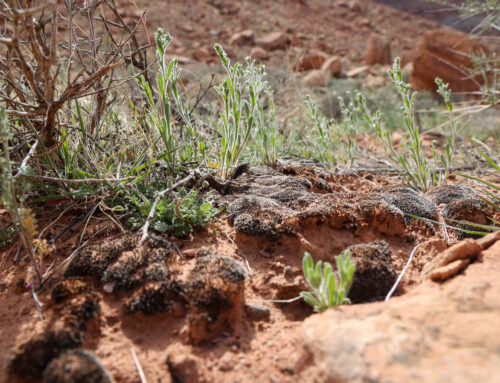
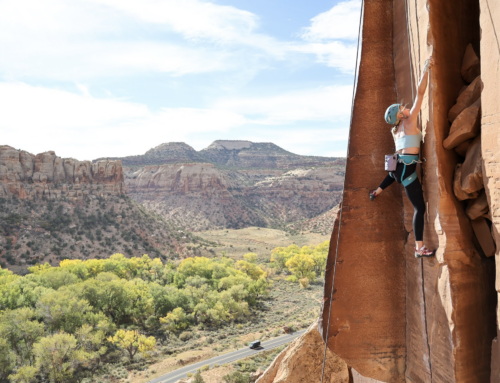
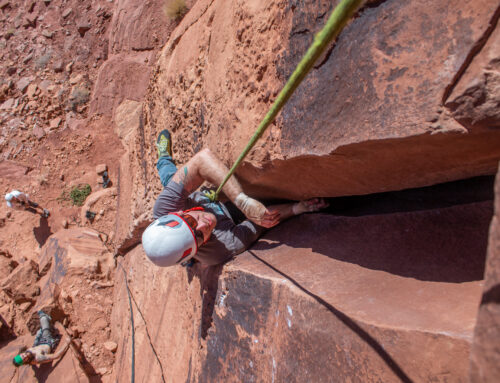
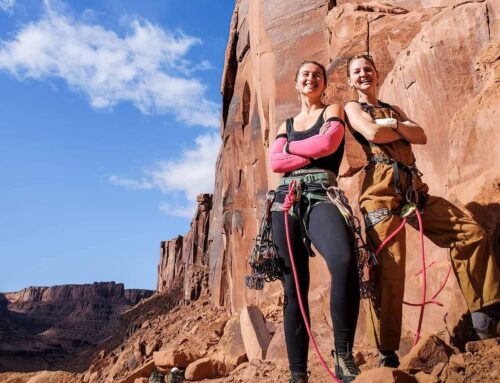

Leave A Comment